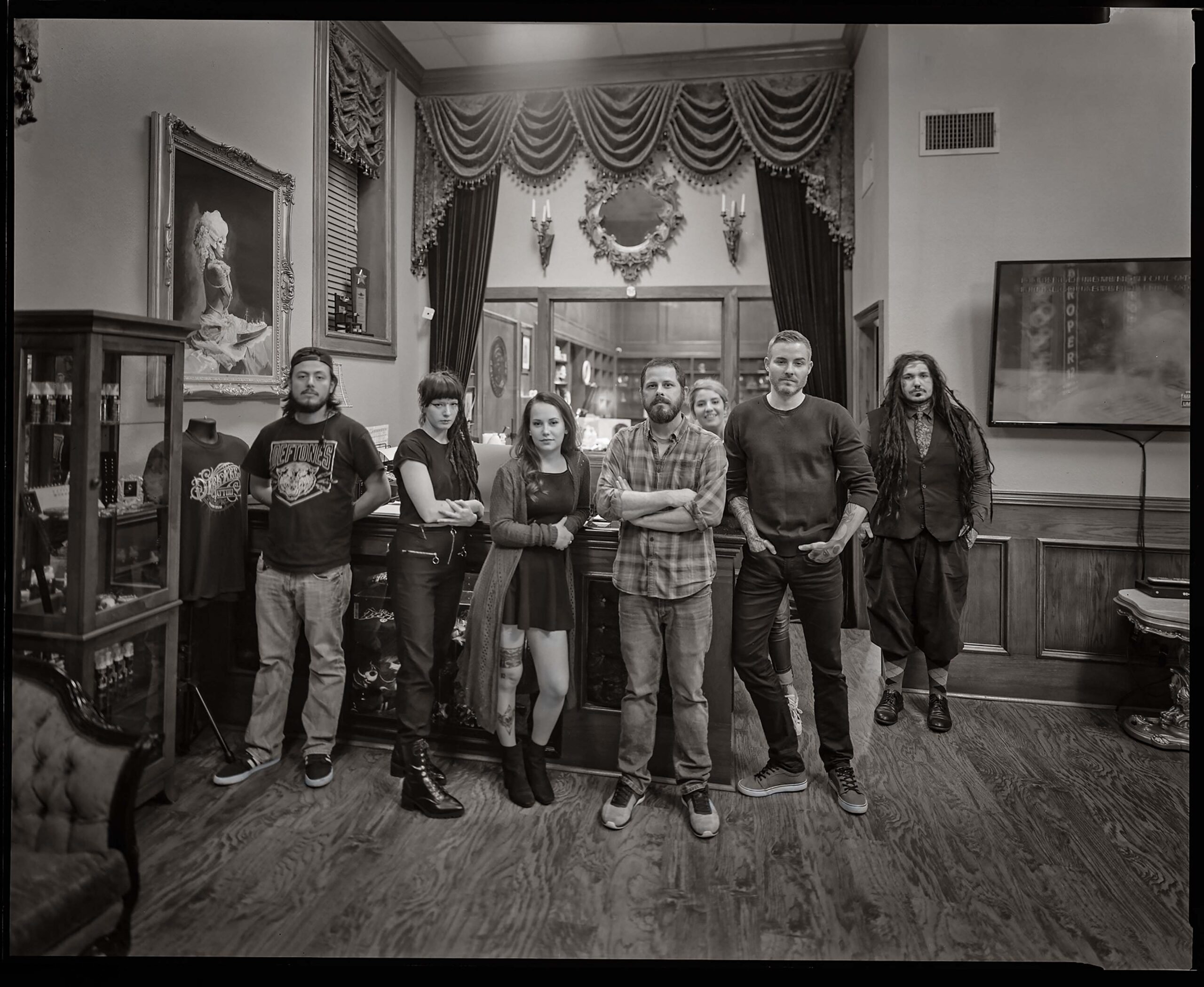Democracy is a word on a lot of lips lately, but I’m not sure what it means: The right to vote?
Freedom of speech? All of it together forms this numinous enterprise of democracy that we can’t see or touch. But we can see and know workers, who are the fabric of democracy.
Over the decades, I’ve done studio and commercial photography, photojournalism, landscape pictures, and art photography. My dad and I used to do crime scene photos for the Fort Worth Police Department. Here and there, I’ve also worked for the excessively affluent million and billionaires who seemed to know little about us mid-level workers. Their cultural currency was built on watching people’s behavior in the presence of great wealth.
But for the most part, us Byrds—I’m the fourth generation of photographers by that name in my family—don’t watch the rich. We document the great, squirming mass of humanity that has worked for a living since our Neander neighbors shared the planet with us. Our trade is the folks who trade their living moments for food and shelter.
These days, I am obsessed with the anthropology of it all—the part my images play in capturing the lives of those around me who build, invent, educate, preach, cook, and strip.
The peasants and hunter-gatherers who walked the road before us had few means of documenting their lives. Yet proof of those lives is available to us: tools discovered in East Africa’s Olduvai Gorge, primitive business emails etched in stone by Sumerian laborers.
Current-day image tools offer ever-increasing verisimilitude. Black-and-white photographs introduce us to mid-19th-century presidents. Color photographs describe mid-20th-century family life. Documentaries tell us about societies already gone.
Current-day image tools offer ever-increasing verisimilitude.
Despite all the truthiness of our modern images, however, there is a problem: their lack of permanence compared with the archival longevity of, say, a painting, whether on a canvas or a cave wall. You walk into a display of 3,000-year-old Egyptian images of Nefertari or Khufu, and there they are. You can see how they dressed and what they labored at, try to understand their beliefs. Digital images, inkjet prints, and color photographs can’t compare.
That’s why, these days, I make precious metal-based photographs. Scientists estimate that a black-and-white photograph printed with gold, silver, platinum, or palladium may last 500 to 2,000 years, maybe more if stored properly. I’m working to keep my window to posterity open as long as possible.
Photographs are the artifacts of now. With them, we can solidify the “present” to make the numinous appear—in this case, the workers of one time period speaking to the future.









